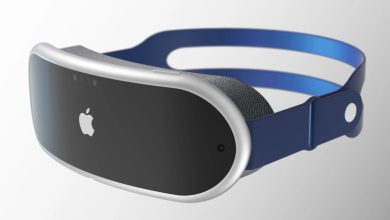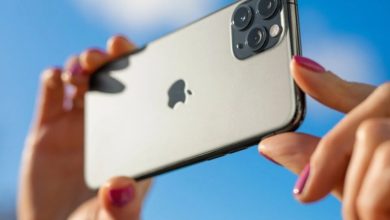The satellite connection of the iPhone 14 would also allow you to make calls and browse the web
While the iPhone 14's satellite connection is just taking its first steps, a new Apple patent hints that it could add the ability to make calls and browse the web in the future.
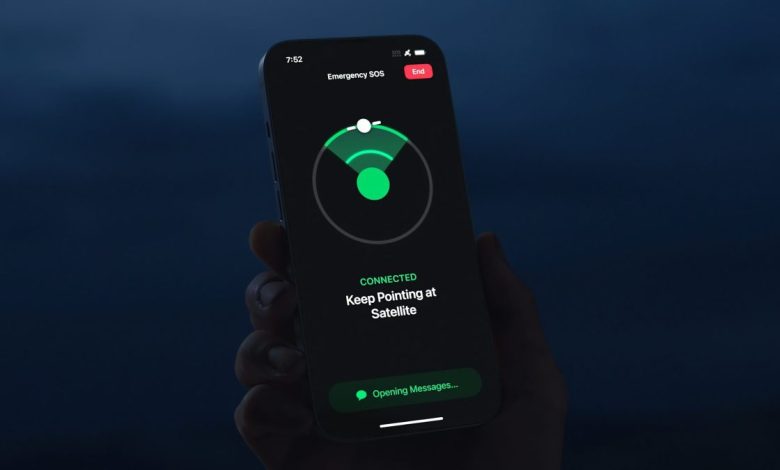
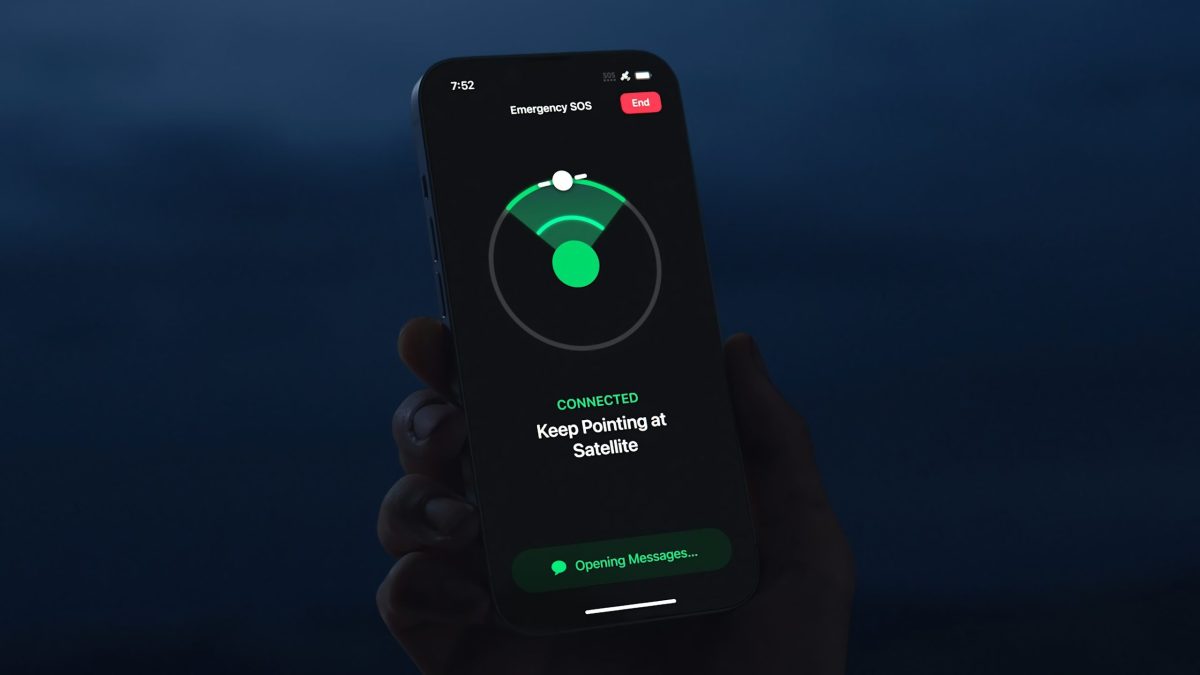 One of the main novelties of the iPhone 14 was the support for the satellite connection, a function specially designed for emergencies in which there is no mobile line or WiFi to request help. Thus, by pointing the smartphone at the sky, it is possible to establish satellite communication to send a text message and the exact location through Find Me. However, Apple would be considering expanding the service to allow you to make calls and browse the web.
One of the main novelties of the iPhone 14 was the support for the satellite connection, a function specially designed for emergencies in which there is no mobile line or WiFi to request help. Thus, by pointing the smartphone at the sky, it is possible to establish satellite communication to send a text message and the exact location through Find Me. However, Apple would be considering expanding the service to allow you to make calls and browse the web.
According to PC Mag, this follows from a patent granted to Apple in the United States. It relates to a “communication terminal” intended to be installed on satellites. This is made up of transceivers and antennas that, among other functions, allow the operation of services such as voice calls and Internet access.
The document also mentions that this technology will enable establishing “wireless links” with hundreds or thousands of compatible devices. Therefore, everything suggests that it could be the next stage of the Cupertino plan for the satellite connection debuting on the iPhone 14.
Don’t get your hopes up about this being made available overnight anyway. If, indeed, Apple decides to expand the possibilities of its satellite connectivity platform, it will surely take years to see it materialize. Let’s not forget that, first of all, the satellite link option began to be rumored before the presentation of the iPhone 13. However, it ended up making it to the next model.
Apple has ambitious plans for the satellite connection of the iPhone 14
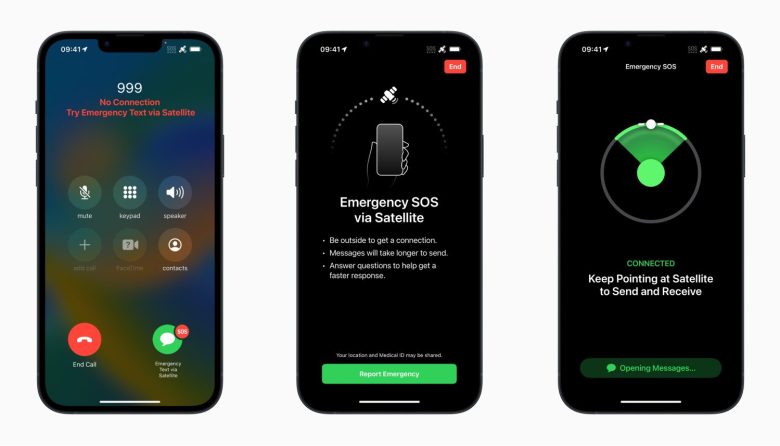
Since its introduction with the iPhone 14, Plus, Pro, and Pro Max, the satellite connection made its North American debut in mid-November. While yesterday it debuted in Europe, specifically in Ireland, Germany, France, and the United Kingdom. The feature already has at least one successful use case recorded earlier this month in Alaska when a man was trapped in the snow after an accident.
The satellite connection of the iPhone 14 —called Emergency SOS via satellite— comes into action when the mobile runs out of cellular or WiFi signal. The interface includes a simple questionnaire where users can select options to report their status. The phone then tells the person where to point in the sky to contact the satellite and send the initial message.
In addition to the answers indicated in the form, the communication includes additional data such as the location, the height of the terrain, and the percentage of battery remaining on the iPhone.
It is unknown if the satellite connection will reach models before the iPhone 14. But the function will be a vital part of the following mobiles developed by apple.
It is that in November, Apple announced an investment of 450 million dollars in American companies dedicated to satellite communications. Most of the money will go to Globalstar, which will use the funds to build and operate new satellites. As consideration, said the firm will transfer 85% of its current and future satellite network to those from Cupertino.
It is still unknown when the Emergency SOS function via satellite will be available in the rest of the world. For now, Apple offers the service free of charge for the first two years, but it is also unknown how much it could cost after that period. If you add support for voice calls and web access in the future, you will need to expand your technological infrastructure as soon as possible.
